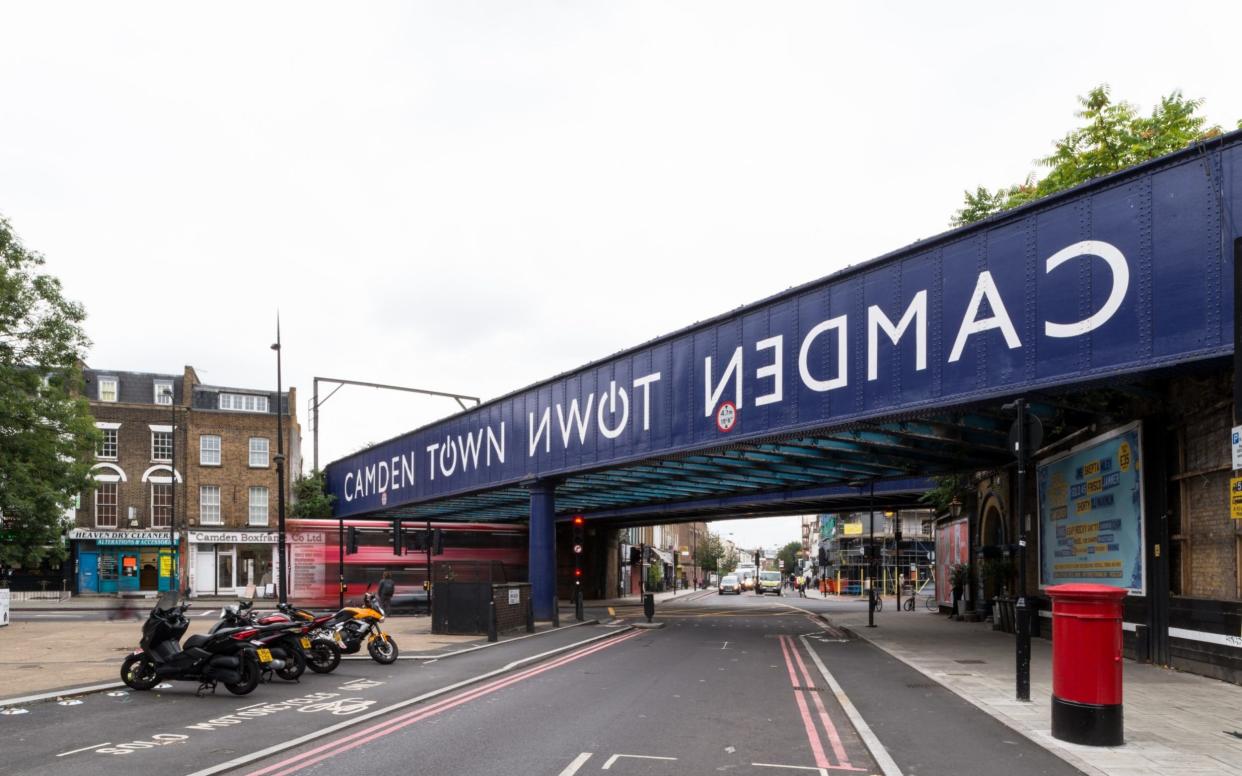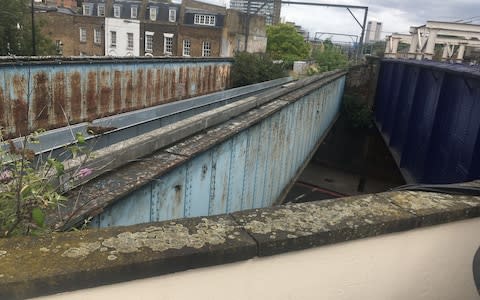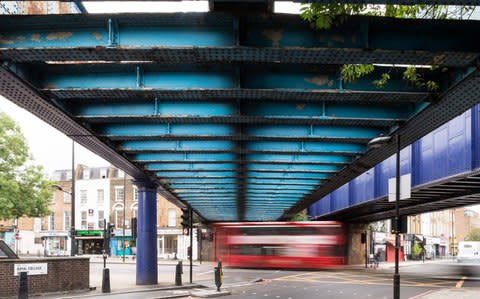The Garden Bridge is dead, long live the Camden Highline

Following the demise of the Garden Bridge, one would have thought that British taxpayers had had enough of pie-in-the-sky ideas for public parks in unusual places. But last month Sadiq Khan, the Mayor of London, made the symbolic gesture of pledging £2,500 towards a crowdfunded appeal for the Camden Highline.
This is a proposed elevated park which would follow the route of a disused and overgrown railway line adjacent to the electrified London Overground.

The plan is in its early stages and there are many obstacles for the organisers to overcome, but potentially this green walkway would create a pleasant link for pedestrians and cyclists between Camden Market and the new cultural quarter north of King’s Cross railway station, about a mile to the east. Unlike the Garden Bridge, whose trustees have to date spent some £50m of taxpayers’ money, the Camden Highline has the potential to become a desirable reality.
The main point of difference is that the Camden project would not be an expensive new-build. Instead, it would breathe new life into existing disused infrastructure, exactly as the celebrated High Line in Manhattan did. The Camden Highline has not been costed as yet - the crowdfund appeal target was £64,000 for initial surveys - but there is no chance its budget would approach anything like the amount mooted for the Garden Bridge (at the last count, estimated at around £200 million). One source of backing for the Highline could be the Heritage Lottery Fund, since it would be created on a structure of historical interest.

Again in contrast with the Garden Bridge, the Camden Highline would potentially create a genuinely useful transport link for pedestrians in a part of London dominated by busy, fast-flowing one-way roads. I discovered this when I walked the proposed route at ground level with Adam Richards of Camden Town Unlimited, the Business Improvement District (BID) which is spearheading efforts to make the Highline a reality.
Richards, 29, is a bearded, softly spoken architecture graduate who lives in Hackney - precisely the kind of person who would naturally support and then use the project if it were to go ahead. ‘We’ve had our eye on the Highline for ages,’ he says. ‘We are always looking at reusing vacant and unused buildings - we’ve done 18 so far.’ He does, however, admit that it was not BID’s original idea. The credit goes to Oliver O’Brien, an urbanist based at London University who wrote a blog suggesting the Highline in November 2015. Local newspaper the Kentishtowner then ran a story and telephoned the Camden BID to encourage them to get involved - which they did.

The heart of the project is at Camden Road Overground station. Here, if you look up, you can see the underside of the functioning railway bridge and next to it the skeletal form of the disused one, its horizontal steel girders standing out against the sky, 18 metres up. There are several other such abandoned bridges along the route which, according to Richards, are in sound condition (per Network Rail) for the kind of usage proposed - if re-floored, obviously. These bridges would also provide the best opportunities for stair and lift access up to the Highline.
Up on the station’s westbound platform it is possible to get a sense of the scale of the potential Highline. Behind a black wooden fence rears up a veritable forest of sycamore, ash and buddleia, with the odd wild rose thrown in, creating a sense of the kind of verdancy which could be introduced on this walkway, just yards away from a functioning stretch of track. ‘I can imagine ticket barriers on the platform giving straight on to the Highline,’ Richards says.

The western section of the proposed route ends at tourist-thronged Camden Market, while the eastern terminus is less alluring, petering out in the semi-industrial hinterland of Camley Street or, if it were to be extended further east as Richards suggests, on the rather windblown and uninviting York Way. Nevertheless Richards insists the route has its potential, since from here it’s just a 10-minute walk down to King’s Cross and the new Central St Martins art school building. And it’s hard not be swept up by his enthusiasm.
There have been several other such projects mooted for London and other cities in recent years. The Peckham Coal Line in South London is ongoing, while Oliver O’Brien has previously suggested the conversion of disused sections of the East London line extension, the Millwall Viaduct, Bishopsgate Goods Yard and the Limehouse Curve. The appetite for such projects is not confined to London: five years ago I wrote about local support for the creation of a park on the Castlefield railway viaduct in Manchester.
Richards says that so far there has been no dissent locally about the Highline idea. He anticipates that major potential obstacles could be in the areas of engineering and, of course, funding. For now, the Camden Highline will spend the money it has raised on a feasibility study - in the hope that an appealing idea might become a reality.
Visit Oliver O’Brien’s blog Urban/Rural at: http://blog.oomap.co.uk/2015/11/high-lines-in-london/


